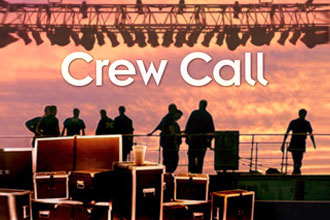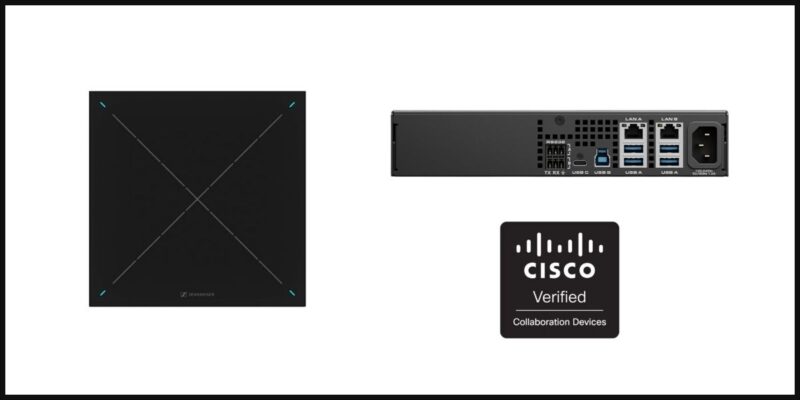Cycling Our Way to InfoComm 2014
 Well, June approaches again, and with it, among other things, comes the InfoComm show.
Well, June approaches again, and with it, among other things, comes the InfoComm show.
And I don’t mean InfoComm Patagonia or InfoComm New Zealand or whatever they’re up to these days. I mean the original, accept-no-substitutes, convince-the-boss-I-NEED to-go, InfoComm show.
Actually, that’s not to disparage InfoComm’s ever-widening pantheon of AV shows around the world. I attend a number of them, and am particularly fond of ISE, its European cooperative venture with CEDIA.
But what the U.S. InfoComm show has going for it is history. People who call me to ask about my plans, even manufacturer and distributor personnel that I attend many tradeshows alongside, don’t call to ask if I am going to InfoComm. They call to ask what my plans are for “the show.” That I am going is a given, and that we are talking about InfoComm is understood.
Why? Simple. For many years, this show was “the show” for our industry, by which I mean the commercial audio visual industry. There is a thread going on in one of the LinkedIn groups for AV, which basically asks the question “What was your first InfoComm?”
For me, it was I believe in 1986. The association had renamed itself from the National Audio Visual Association to the International Communications Industries Association. And had named the show Commtex, a move that made a lot of us scratch our heads because of the existence of COMDEX, the electronics show to end all electronics shows. This was the conflict that eventually caused us to change the name of the show yet again, to “InfoComm.”
But I didn’t intend to send you all looking for those unfiled cab receipts to determine what year your first InfoComm show was. You filled out the cab receipts yourself, anyway, so they’re not admissible as evidence. And the year, or the name of the show at the time, isn’t important.
What’s important is to recall what cycle the show (and the AV industry) was in when you first attended. Or had you not noticed that, like automobiles, fashion or iPhones, our industry goes through phases? And that, each year, it is a different technology (or segment of the business) that is that year’s most important thing — and the “ultimate key to success” du jour.
Let me give you an example. I came into the business, and went to my first InfoComm show, during a cycle when video and computers were just beginning to be “the thing.” And because of it, because we were going through a radical technology change, the rental and staging segment of the industry was the “hot” part of the business to be in.
It was a rental year, and everybody knew it. The handwriting was on the wall. The video trend proved itself to be long-term (despite the predictions of the older set) with the entry of companies like Sony, Panasonic, Barco, etc., into what had traditionally been a film-based industry show. And the rental trend was proven simply by the demands for staging products and rental education that were being made by attendees, many of whom were just establishing rental departments.
Just a few years later, systems integration became the field to be in, as more and more client companies began to standardize on electronic standards of presentation, and to install permanent systems. The truth of the trend was borne out by the geometrically increasing presence of the integration technology companies, like Extron, AMX, Crestron and Chief, and the demand for install education that led to the establishment of the CTS-I program by ICIA.
Since then, our industry has gone through many such “hot” phases: videoconferencing, service plans, in-house (outsourcing) services, verticals like healthcare and houses of worship, back to videoconferencing (renamed telepresence), digital signage, and now on to the successor to telepresence, the again-renamed unified communications. The trend, as usual, is being borne out by manufacturer, distributor and dealer demands for information and education, and by the entry to the show (or increased presence by) companies like Cisco, Polycom, and now Microsoft.
So now, with going on 30 shows’ worth of experience, I tend to go to “the show” to look at overall trends in the industry, trying to see the forest rather than the trees.
So, by all indications this year’s cycle will be one of unified communications. How will this manifest itself? Well, first, more and more products will become UC products, at least in their marketing literature. Dry erase markers will become “handheld UC inscribers,” while chairs will become “posterior infrastructure.”
Then, existing “hot” areas, such as digital signage, will begin to emphasize their connections to information dissemination — to UC. We will see a whole raft of “middleware” products that connect the two areas.
The “hot” business segment? Well, obviously, systems integration will be hot this year. But I believe, with the coming wave of mid-level business entries into the world of UC users, we will see a great rise in rental, as these companies turn to their usual “go-to” rental companies to explore these new technologies. So I think there will be great representation of the rental industry segment at InfoComm this year, in the UC exhibits, like Microsoft, Cisco and Polycom, as we surprise them with questions about rack mount units and roadability that they never expected.
See you at “the show.”





